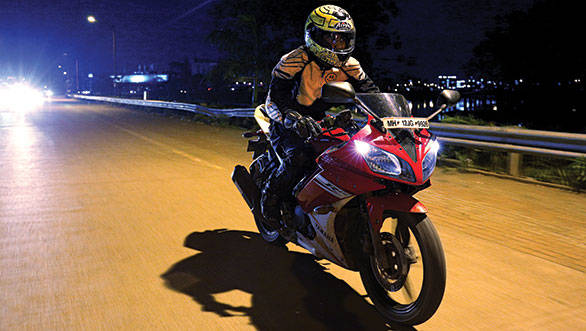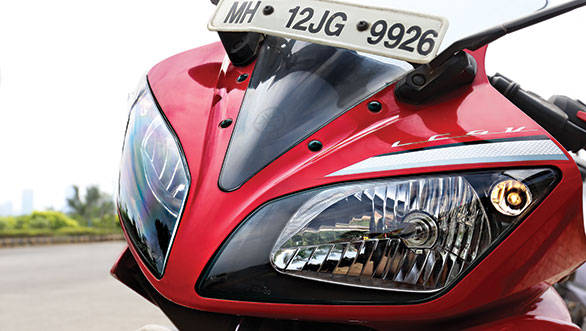Better Riding: Safety tips for motorcyclists at night
As we seem to come back to every time we start talking about riding better, it is all about what you see and how you react to it. Which means light is as critical to riding a motorcycle well as to photography.
Humans aren't bestowed with the best eyesight in the animal kingdom, and for the longest time, human beings would simply sleep through the dark part of the 24-hour day because without great eyesight and ambient light, doing anything is hard.

On a motorcycle, sleeping through is often not an option and at least you do have a headlight to illuminate the path ahead. But riding in the night is more complex than just using the headlight.
The first thing you must realise is that because there is no natural light, your awareness of hazards is lower. As in you don't see many hazards because they simply aren't lit. This is one of the reasons why many riders ride quicker after dark. And as you should realise by now, this isn't a good thing. They say you should ride within your headlights. This is a good, if underexplained idea. What it means is that you should ride at a speed where your headlight's illumination allows you sufficient time to react to what's ahead. A good way to sense this is to slow down when you spot a pothole or speed bump in your headlights but find that you do not have time to react. That means you need to either buy more powerful headlights, or slow down.

The second thing is more critical still. A large chunk of motorcycle accidents happen because the other guy didn't see the motorcycle and rider at all. This situation turns far more serious at night because of the small cross section of the motorcycle exacerbated by the lack of light. So you turn to bright colours and reflectives for help. Avoid black helmets because they may look cool but they also are nearly invisible on unlit roads. Your riding gear, similarly, should be bright coloured, ideally with a lot of reflective material on it. The material strongly reflects incident light giving you far greater visibility than even bright colours.
Don't forget the motorcycle either. Ensure all the lights work and switch on your headlight early rather than wait for dusk. You can also make the motorcycle more visible by adding reflective tape. Remember that people expect white lights on the front of a vehicle, amber on the sides and red at the back. If you're adding tape it makes sense to stick to these colours. Use white reflectives at the front of your bike, amber on the sides and red at the back. This will not only make you more visible, it will also tell other drivers at a subconscious level if you're heading towards them, away from them or about to overtake them.
One of the great places (and a good place to be creative) is the wheels. You can use any manner of colour and patterns from a simple and classy rim tape like on the Yamaha YZF-R15 wheels to a more involved graphic to great effect. When the wheel rotates, the movement can cause a dramatic moving pattern that is great to draw attention ensuring other drivers will spot you.
Finally, if you're out on the highway often at night, consider investing in a safety vest, the sort construction workers or airport ground staff wear. They are usually light mesh which means they aren't bulky or warm, and they come lavishly slathered with reflective materials that will add immeasurably to your visibility to other people. If you're style conscious, look up safety vests for runners; they usually have more minimalistic, more stylish designs.
Essentially, riding at night is about being conscious of how little you can see and realising how much you cannot see and riding more soberly, carefully within those limits. And also keeping in mind that other drivers and riders are also dealing with same limitations so working towards increasing your own visibility.